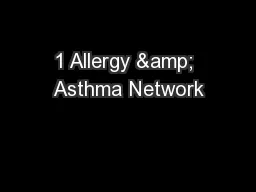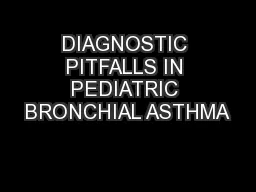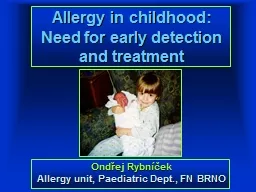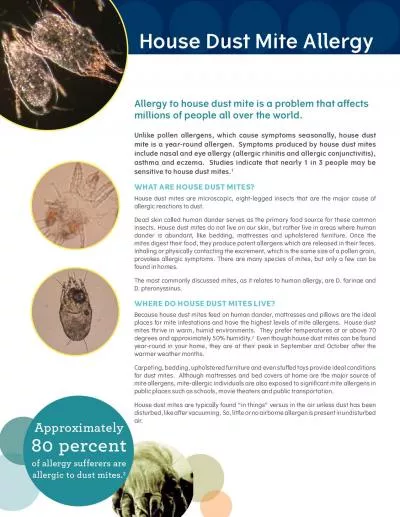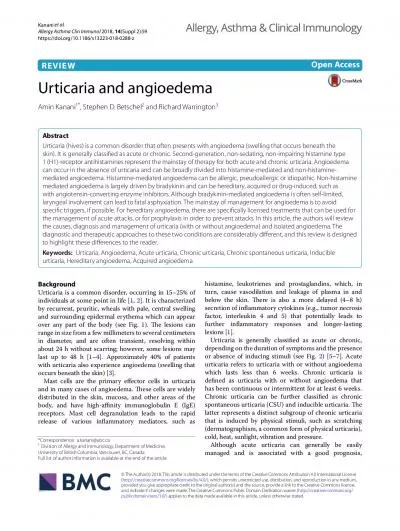PPT-Diagnostic test in asthma and allergy
Author : jade | Published Date : 2023-11-22
Dr Hesam Nabavizadeh Shiraz university of medicine Indication Allergy skin tests are widely used to help diagnose allergic conditions including Hay fever allergic
Presentation Embed Code
Download Presentation
Download Presentation The PPT/PDF document "Diagnostic test in asthma and allergy" is the property of its rightful owner. Permission is granted to download and print the materials on this website for personal, non-commercial use only, and to display it on your personal computer provided you do not modify the materials and that you retain all copyright notices contained in the materials. By downloading content from our website, you accept the terms of this agreement.
Diagnostic test in asthma and allergy: Transcript
Download Rules Of Document
"Diagnostic test in asthma and allergy"The content belongs to its owner. You may download and print it for personal use, without modification, and keep all copyright notices. By downloading, you agree to these terms.
Related Documents


